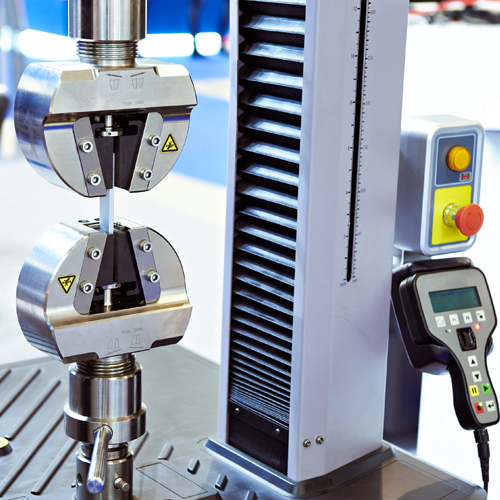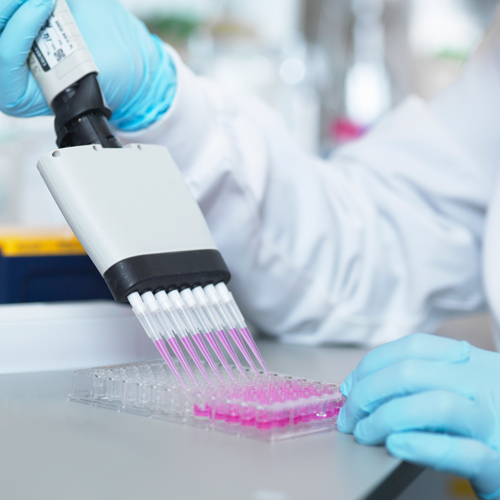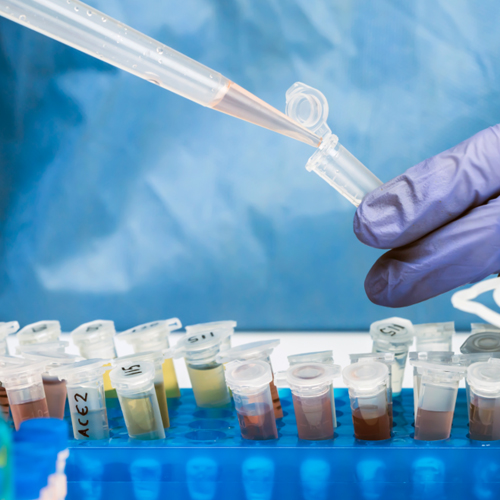Air Quality Testing
Monitoring air quality determines and measures the concentration of gases and impurities in the air, such as nitrogen dioxide, particulate matter, and volatile organic compounds. Researchers use ventilation meters, anemometer dataloggers, and other testing instruments to determine the safety of indoor and outdoor air.
Conducting this research process is crucial in several ways. It promotes public health protection and improves air quality management, allowing policymakers to fortify their plans and actions in mitigating air pollution. It also provides reliable data to determine how industry, transportation, and energy sectors can contribute to reducing ecological harm. More importantly, air quality testing helps scientists discover ways to lower greenhouse gas emissions and address climate change.







